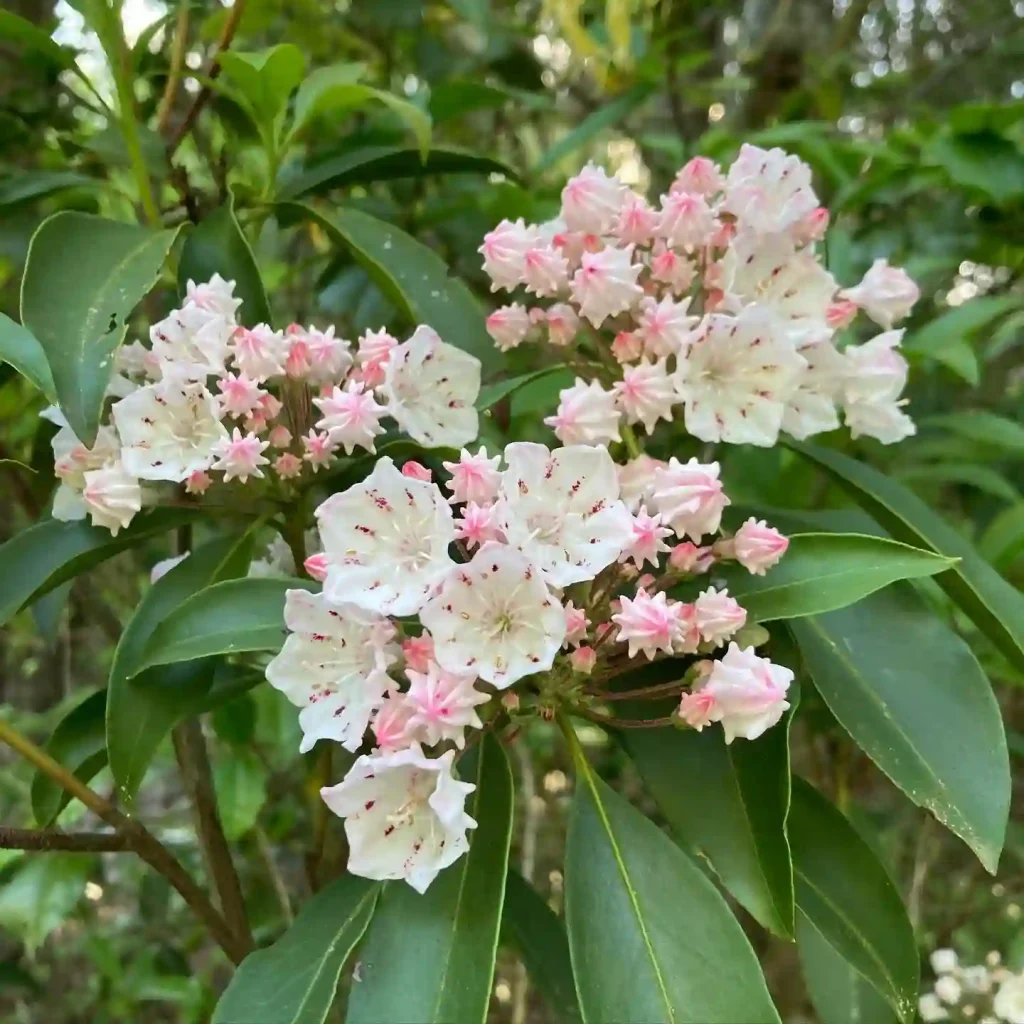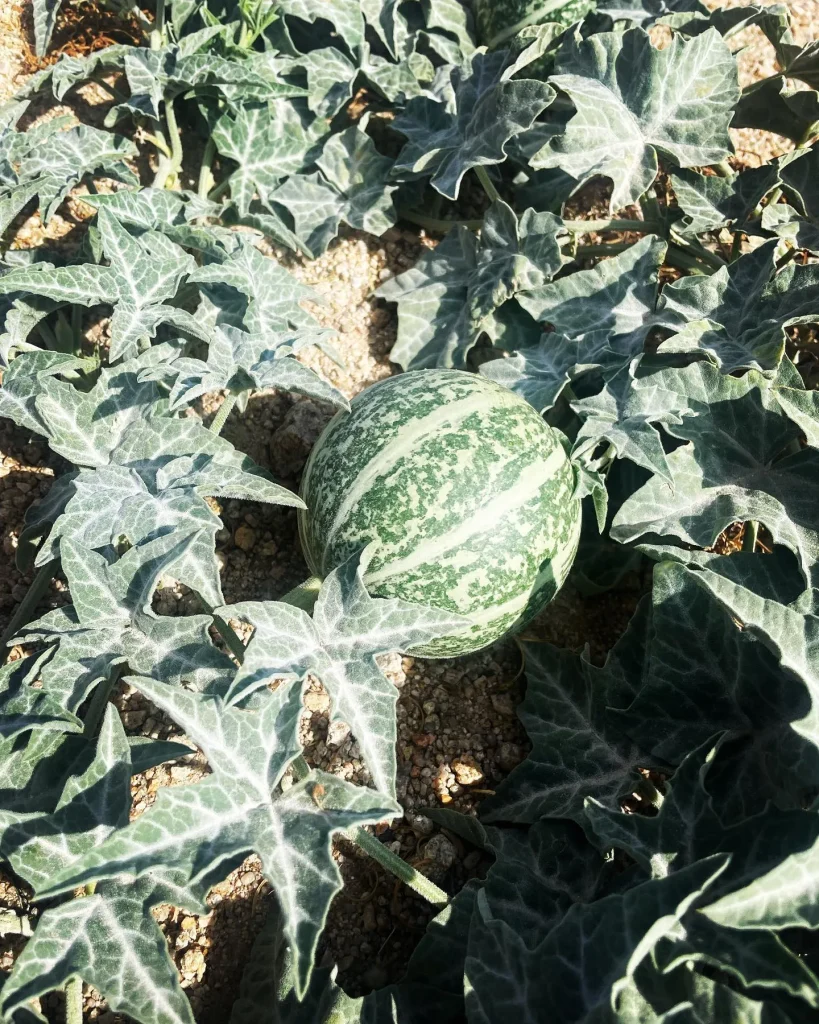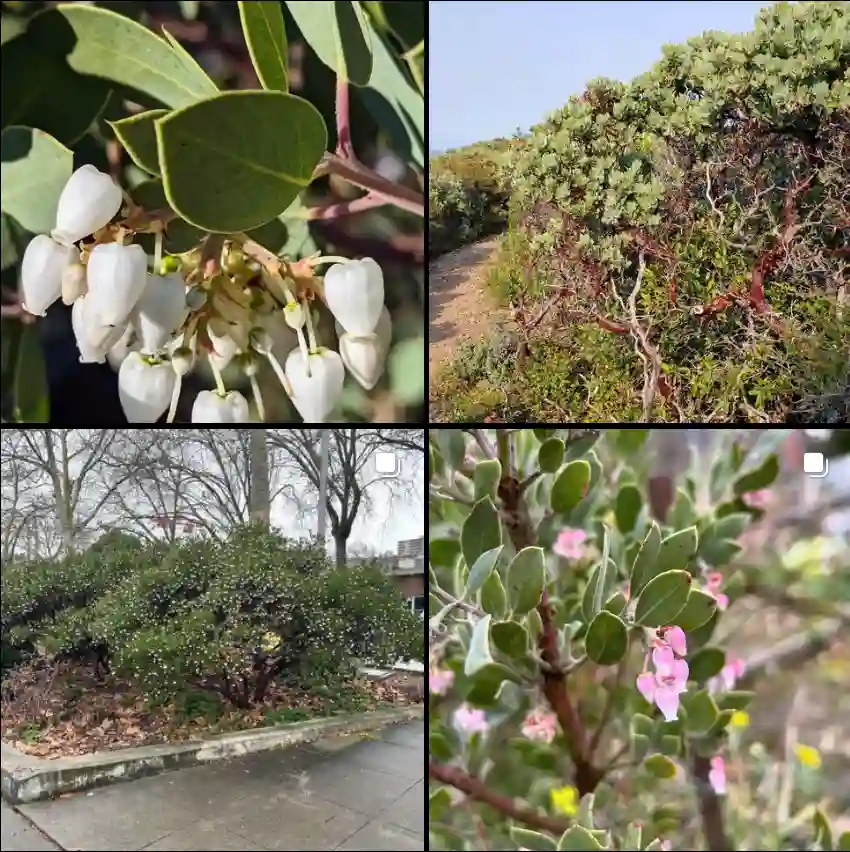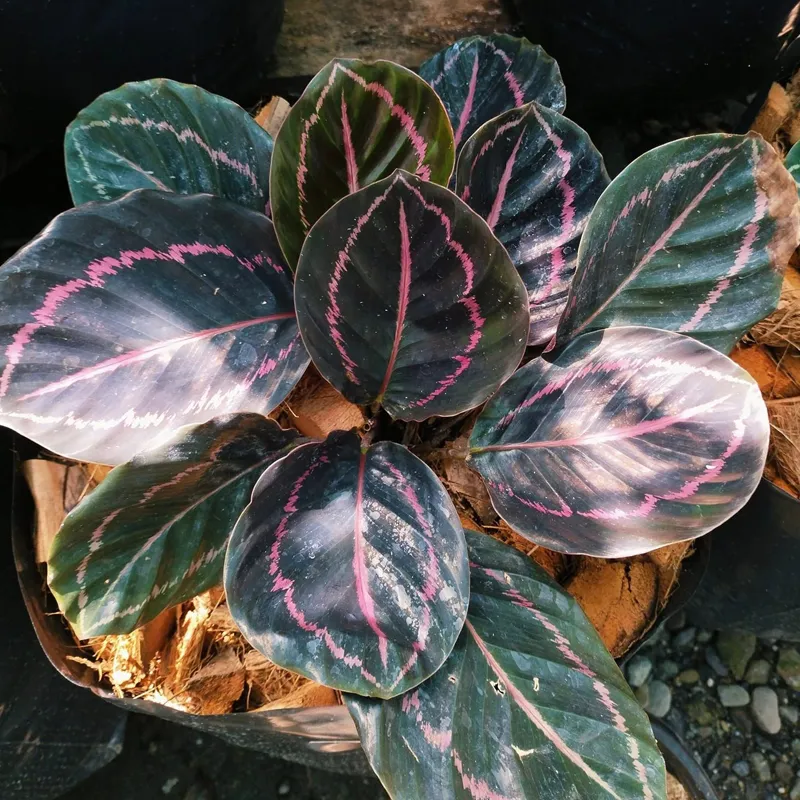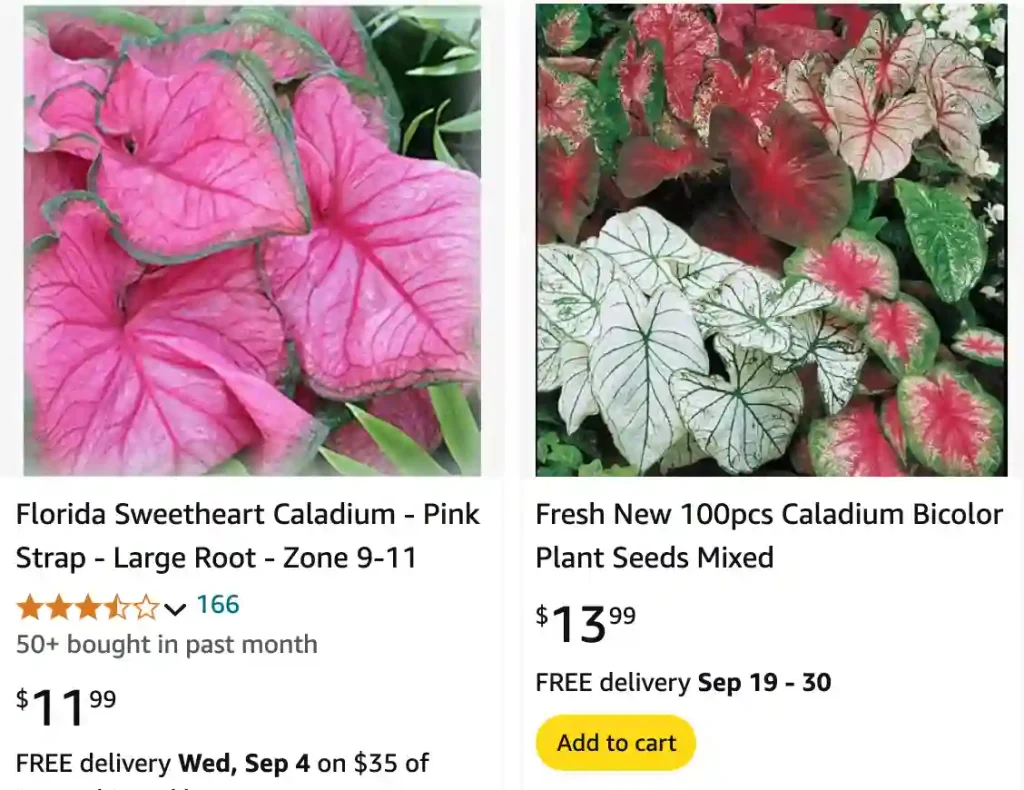
FAQs About Caladium Bicolor
Caladium Bicolor, also known as the Heart of Jesus, is a stunning plant known for its vibrant and colorful foliage. I’ve had the pleasure of growing these beauties in my garden, and they never fail to impress. Below, I’ll answer some frequently asked questions about Caladium Bicolor, including care tips, propagation methods, and more.
19 Species in Genus Caladium
What is Caladium Bicolor?
Caladium Bicolor is a tropical perennial plant belonging to the Araceae family. It’s native to South America, particularly Brazil and the Amazon region. The plant is famous for its large, heart-shaped leaves that come in various colors, including shades of red, pink, white, and green. The intricate patterns and colors make Caladium Bicolor a popular choice for ornamental gardening. The plant typically grows to about 12 to 24 inches tall and is best known for its striking visual appeal.
How to Take Care of Caladium Bicolor?
Taking care of Caladium Bicolor is relatively easy, but there are a few things you should keep in mind to ensure it thrives:
- Light Requirements: Caladium Bicolor prefers bright, indirect light. Direct sunlight can scorch the leaves, so it’s best to place the plant in a shaded area, especially during the hottest part of the day. If you’re growing them indoors, a spot near a north or east-facing window is ideal.
- Watering: Keep the soil consistently moist but not soggy. Overwatering can lead to root rot, which is a common problem for Caladium Bicolor. I’ve found that allowing the top inch of soil to dry out before watering again works well. During the dormant period in winter, reduce watering to once a month.
- Soil: A well-draining, peat-based potting mix is perfect for Caladium Bicolor. Good drainage is crucial to prevent water from sitting at the roots. Adding perlite or sand to the soil can help improve drainage.
- Temperature and Humidity: Caladium Bicolor thrives in warm temperatures between 70°F and 85°F (21°C to 29°C). High humidity is also essential, as the plant is native to tropical environments. Using a humidifier or placing a tray of water near the plant can help maintain the necessary humidity levels.
- Fertilization: During the growing season, feed Caladium Bicolor with a balanced, water-soluble fertilizer every four to six weeks. This will provide the nutrients it needs to grow those beautiful, colorful leaves.
How to Propagate Caladium Bicolor?
Propagating Caladium Bicolor is a rewarding process and relatively simple. The best way to propagate this plant is by dividing the tubers. Here’s how you can do it:
- Choose the Right Time: The best time to propagate Caladium Bicolor is in the spring when new growth begins.
- Remove the Plant: Carefully dig up the plant or remove it from its pot. Be gentle to avoid damaging the tubers.
- Divide the Tubers: Look for the natural divisions in the tubers. Use a clean, sharp knife to cut the tubers, ensuring each piece has at least one or two growth nodes, which will develop into new shoots.
- Replant: Plant the divided tubers in small pots with fresh potting mix, covering them with about an inch of soil. Water them lightly and keep the soil moist until new growth appears.
Is a Caladium Bicolor Florida Cardinal an Annual or Perennial?
Caladium Bicolor Florida Cardinal is a perennial in its native tropical habitat. However, in cooler climates, it is often grown as an annual because it cannot withstand frost. If you live in an area with cold winters, you can dig up the tubers in the fall before the first frost, store them in a cool, dry place, and replant them in the spring.
Can You Grow Caladium Bicolor Indoors?
Yes, Caladium Bicolor can be grown indoors, and it makes a beautiful houseplant. Just make sure to provide it with bright, indirect light and keep it away from cold drafts and direct sunlight. Maintaining high humidity levels and consistent moisture is key to indoor success. A humidifier or regular misting can help keep the plant happy indoors.
Is Caladium Bicolor Toxic?
Yes, Caladium Bicolor is toxic to pets and humans if ingested. It contains calcium oxalate crystals, which can cause irritation and swelling in the mouth, tongue, and throat. It’s important to keep this plant out of reach of children and pets. If you suspect ingestion, seek medical attention immediately.
What to Plant with Caladium Bicolor?
Caladium Bicolor pairs well with other shade-loving plants that enjoy similar growing conditions. Ferns, hostas, and begonias make excellent companions. Their contrasting textures and colors can create a visually appealing garden display. When planting with Caladium Bicolor, make sure the companion plants have similar light, water, and soil requirements to ensure all plants thrive together.
Common Problems with Caladium Bicolor
While Caladium Bicolor is relatively easy to care for, it can face a few common problems:
- Pests: Spider mites, aphids, and mealybugs can attack Caladium Bicolor. Regularly check the undersides of leaves and use insecticidal soap if you notice any pests.
- Leaf Burn: Direct sunlight can cause leaf burn, resulting in brown, crispy edges. Ensure the plant is in a shaded area with indirect light.
- Root Rot: Overwatering or poorly draining soil can lead to root rot. Make sure to use well-draining soil and allow the top inch of soil to dry out between waterings.
Benefits of Growing Caladium Bicolor
Aside from its stunning appearance, Caladium Bicolor can brighten up shaded garden areas and add a tropical feel to your indoor space. The plant is low-maintenance and can bring a splash of color to any garden or home. Its vibrant foliage can also attract butterflies and other pollinators, contributing to a healthier garden ecosystem.
Growing and caring for Caladium Bicolor has been a delightful experience for me. With its eye-catching colors and relatively easy care requirements, it’s no wonder that this plant is a favorite among gardeners. Whether you’re an experienced gardener or a beginner, Caladium Bicolor is a fantastic addition to any plant collection.
If i die, water my plants!
